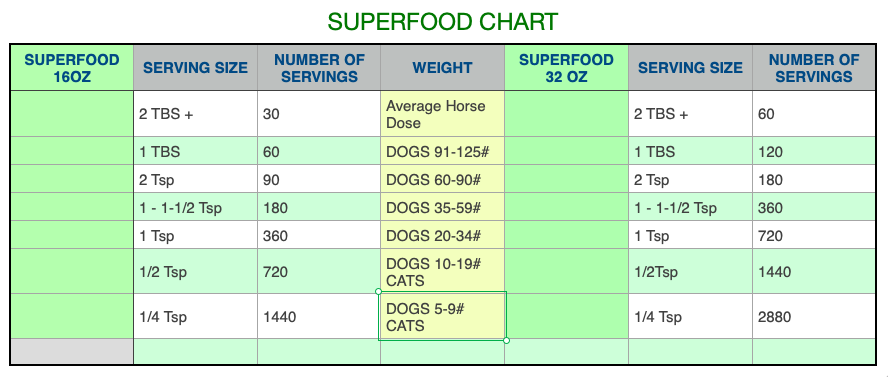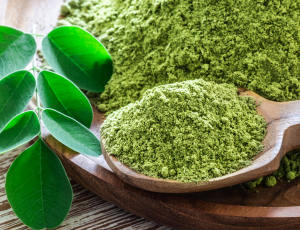Pure Food Based Nutrition
Organic WheatGrass Powder
Organic Spirulina Powder
Organic Moringa Powder
Organic Maca Root Powder
Organic Beet Root Powder
Kelp Powder
Non-Fermentable Nutritional Yeast (Saccharomyces Cerevisiae)
Superfood Blend is hand mixed in fresh batches. Based on availability of organic greens occasionally a green is substituted for an available green.



